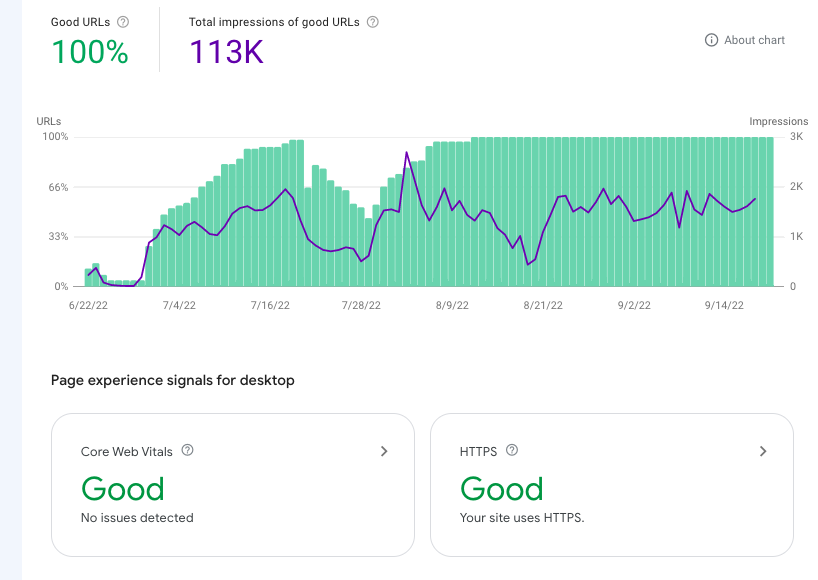Google Search Console for SEO (5 Important Tips)
Reading Time: ~3 Mins | Written By: Jason Serafica
Google Search Console is one of the most important tools you can use for Search Engine Optimization (SEO). It is a free tool created by Google, that allows digital marketers to analyze reports, fix issues, and monitor website performance.
Utilizing Google Search Console as part of your SEO strategy allows you to further manage how Google views the site and improve organic search visibility.
Whether you're a beginner, intermediate or advanced user, Google Search Console allows you to optimize the following 5 important actions:
Visibility on the Search Engine Results Page (SERP)
Sitemap Submission
Page Indexing Request
Finding Broken Pages
User Experience Optimization
Visibility on SERP
Google Search Console provides website insights such as total clicks, impressions, average click through rate, and average position.
In order to view the insights, simply navigate to the left hand column - “Performance” → “Search Results”.
You can also filter and compare based on search type (web, image, video, & news), and date range.
Submitting Your Sitemap
The website’s sitemap file allows search engines to efficiently crawl the website and better understand it as a whole. Without a sitemap, Google may not find a page on the website, which varies depending on the structure.
Google Search Console, allows webmasters to submit by simply entering the sitemap within the appropriate field.
E.g. “https://yourwebsitename.ca/sitemap.xml
In order to submit a sitemap, simply navigate to the left hand column - “Index” → “Sitemap”
You only need to submit your sitemap once (unless major changes are implemented), and Google will automatically crawl the website.
Indexing Request
Indexing is an important part of SEO, as it determines how the page will appear on the search engine results page. If Google can’t index the page, it may not show up which can affect organic search visibility.
Google Search Console allows webmasters to inspect a specific URL and request indexing. This is a highly recommended step for new pages such as blog posts. Additionally, new pages may not be available on the results page immediately and this allows you to send a priority request.
To submit or request indexing, simply navigate to the left hand column - “URL inspection” → Enter URL → “Request Indexing”
We recommend re-submitting a request when a page has been changed, in order to inform Google regarding the changes.
Broken Pages (404’s)
Identifying broken pages on the website is important, as it can negatively impact the overall user experience. For example, broken links can indirectly impact SEO by affecting average time spent, and bounce rate.
Google Search Console will highlight any pages that come up as errors and will provide further recommendations, if there are any.
User Experience
As previously mentioned, user experience is a contributing factor to the overall SEO growth. Webmasters must prioritize a strong user experience for both mobile and desktop users.
Google Search Console provides insights regarding page experience, by highlighting pages that need improvements, following best practices.
To view insights, simply navigate to the left hand column - “Experience” → “Page Experience”/ “Core Web Vitals” / “Mobile Usability” - depending on your needs.
To learn more about SEO and effective digital marketing strategy, check out Jelly Academy’s Digital Marketing Bootcamp. Taught by industry experts, with scholarships available.







